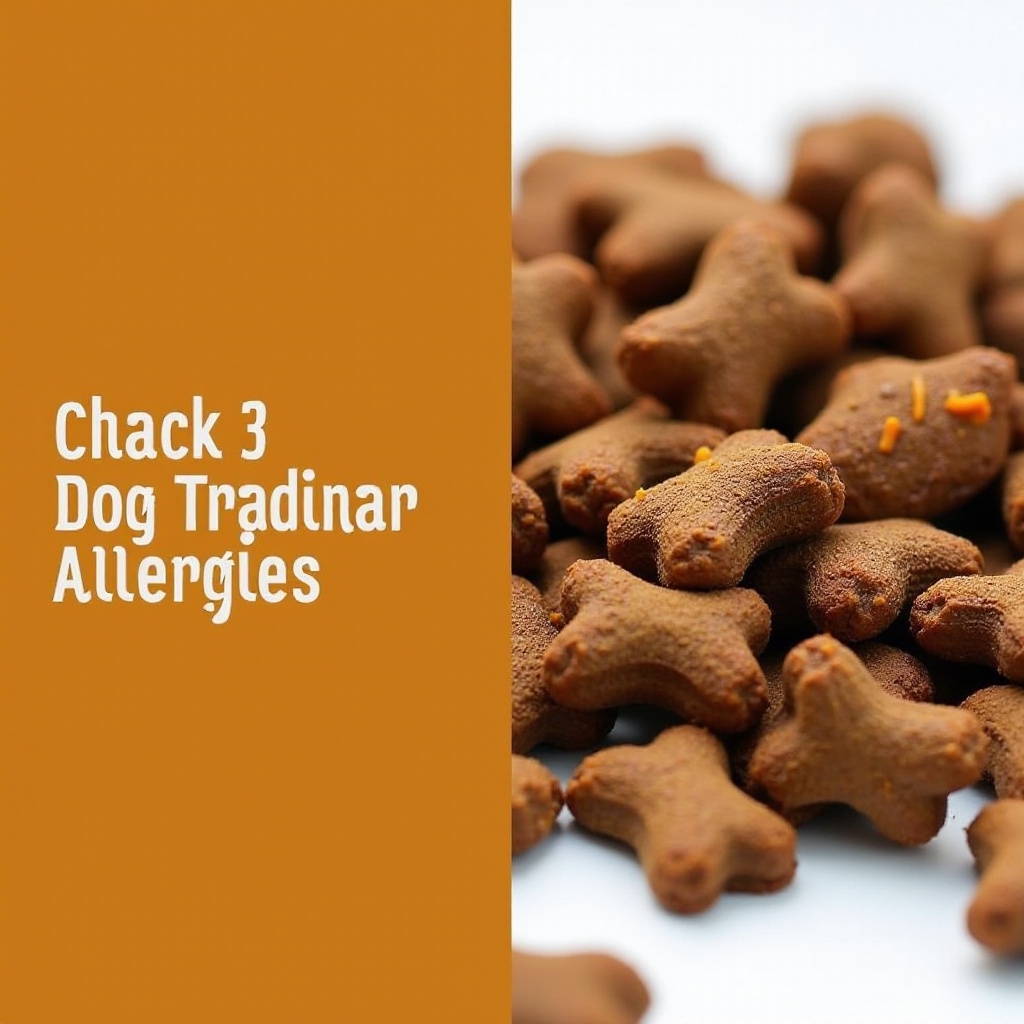Introduction
Dog food allergies can be distressing for both pets and their owners. Finding the right food to alleviate your dog’s discomfort is essential for their well-being. The right chewy dog food can make a significant difference. In this guide, we will explore various aspects of dog food allergies, the symptoms to watch out for, and the best chewy dog foods that can help your furry friend feel better.

Understanding Dog Food Allergies
Dog food allergies occur when the immune system mistakenly identifies a particular food ingredient as harmful. This triggers a defensive response, leading to various symptoms that affect your dog’s health and comfort. Common allergens in dog foods include proteins, dairy products, and certain grains. Understanding these triggers is the first step toward alleviating your dog’s discomfort.
Food allergies in dogs are often confused with food intolerances. Allergies involve the immune system and can have more severe reactions, whereas food intolerances are typically digestive issues and usually less severe. This distinction is crucial for selecting the appropriate hypoallergenic food solution.
Common Symptoms of Food Allergies in Dogs
Recognizing the symptoms of dog food allergies is crucial for addressing the issue effectively. Common symptoms include:
- Itching and Scratching: Persistent or localized itching often around the face, paws, or ears.
- Digestive Issues: Vomiting, diarrhea, and flatulence are indicators of food allergies.
- Skin Problems: Rashes, hives, or chronic ear infections can be symptoms.
- Respiratory Issues: Sneezing, coughing, or shortness of breath may also occur.
Monitoring these symptoms will guide you in identifying potential food allergies and seeking the right treatment.
Ingredients to Avoid in Dog Food
Choosing hypoallergenic dog food requires avoiding common allergens. Ingredients to watch out for include:
- Beef: A prevalent protein source that can trigger allergies.
- Dairy Products: Many dogs are lactose intolerant and react adversely to dairy.
- Chicken: Another common protein that dogs may be allergic to.
- Wheat: A source of allergy-causing gluten for some dogs.
- Soy: A plant-based protein that can cause allergic reactions.
Understanding these ingredients and avoiding them can prevent allergic reactions and improve your dog’s health.
Top Recommended Chewy Dog Foods for Allergies
Once you know which ingredients to avoid, selecting the right dog food is pivotal for managing allergies. Here are the top recommended chewy dog foods that cater to hypoallergenic needs:
Royal Canin Veterinary Diet Hydrolyzed Protein
Royal Canin provides a formula specifically designed for dogs with food sensitivities. This option includes hydrolyzed proteins, which are proteins that have been broken down into smaller components. These are less likely to trigger an allergic response.
Hill’s Prescription Diet z/d Ultra Allergen-Free
Hill’s Prescription Diet offers an ultra-allergen-free option that uses a single source of hydrolyzed protein and a single carbohydrate source. It ensures minimal allergic reactions while delivering balanced nutrition for your pet.
Blue Buffalo Basics Limited Ingredient Diet
Blue Buffalo’s Basics limited ingredient diet is excellent for dogs with food sensitivities. It contains fewer ingredients, which reduces the chances of allergy triggers. This food is also grain-free, making it an excellent choice for dogs sensitive to grains.

How to Transition Your Dog to Hypoallergenic Food
Transitioning your dog to hypoallergenic food must be done gradually to avoid digestive issues. Follow these steps for a smooth transition:
- Start Slow: Introduce the new food slowly over a week. Begin with 25% of the new food mixed with 75% of the old food.
- Increase Gradually: Gradually increase the amount of the new food to 50% and decrease the old food to 50%.
- Monitor Reaction: Increase the new food to 75% while reducing the old food to 25%, observing your dog for any adverse reactions.
- Full Transition: By the end of the week, your dog should be fully transitioned to 100% of the hypoallergenic food.
Consistent monitoring throughout this process ensures that any adverse reactions can be quickly identified and managed.
Tips for Monitoring Your Dog’s Health
Regularly monitoring your dog’s health helps in managing food allergies effectively. Here are some tips:
- Routine Check-ups: Ensure regular vet visits to keep track of your dog’s health.
- Observation: Keep an eye on your dog’s behavior and physical condition. Note any changes.
- Document Symptoms: Maintain a log of any allergic reactions or symptoms to discuss with your vet.

Consulting Your Veterinarian
Always consult your veterinarian when dealing with your dog’s food allergies. They can provide tailored advice and tests to identify specific allergens, guiding you in making the best dietary decisions for your dog.
Conclusion
Choosing the right chewy dog food for allergies can make a significant difference in your dog’s quality of life. By understanding dog food allergies, recognizing symptoms, knowing which ingredients to avoid, and selecting the best hypoallergenic options, you can help your dog lead a healthier, happier life. Always transition gradually, monitor their health, and consult your veterinarian to ensure the best care for your furry friend.
Frequently Asked Questions
What are the common allergens in dog food?
Common allergens include proteins such as beef and chicken, dairy products, wheat, and soy.
How long does it take to see improvements after switching to hypoallergenic dog food?
Improvements can generally be seen within 4-6 weeks after switching to hypoallergenic dog food.
Can homemade dog food be a good option for dogs with allergies?
Yes, homemade dog food can be a good option as it allows you to control the ingredients. However, consult a vet or a pet nutritionist to ensure the diet is balanced and nutritious.
